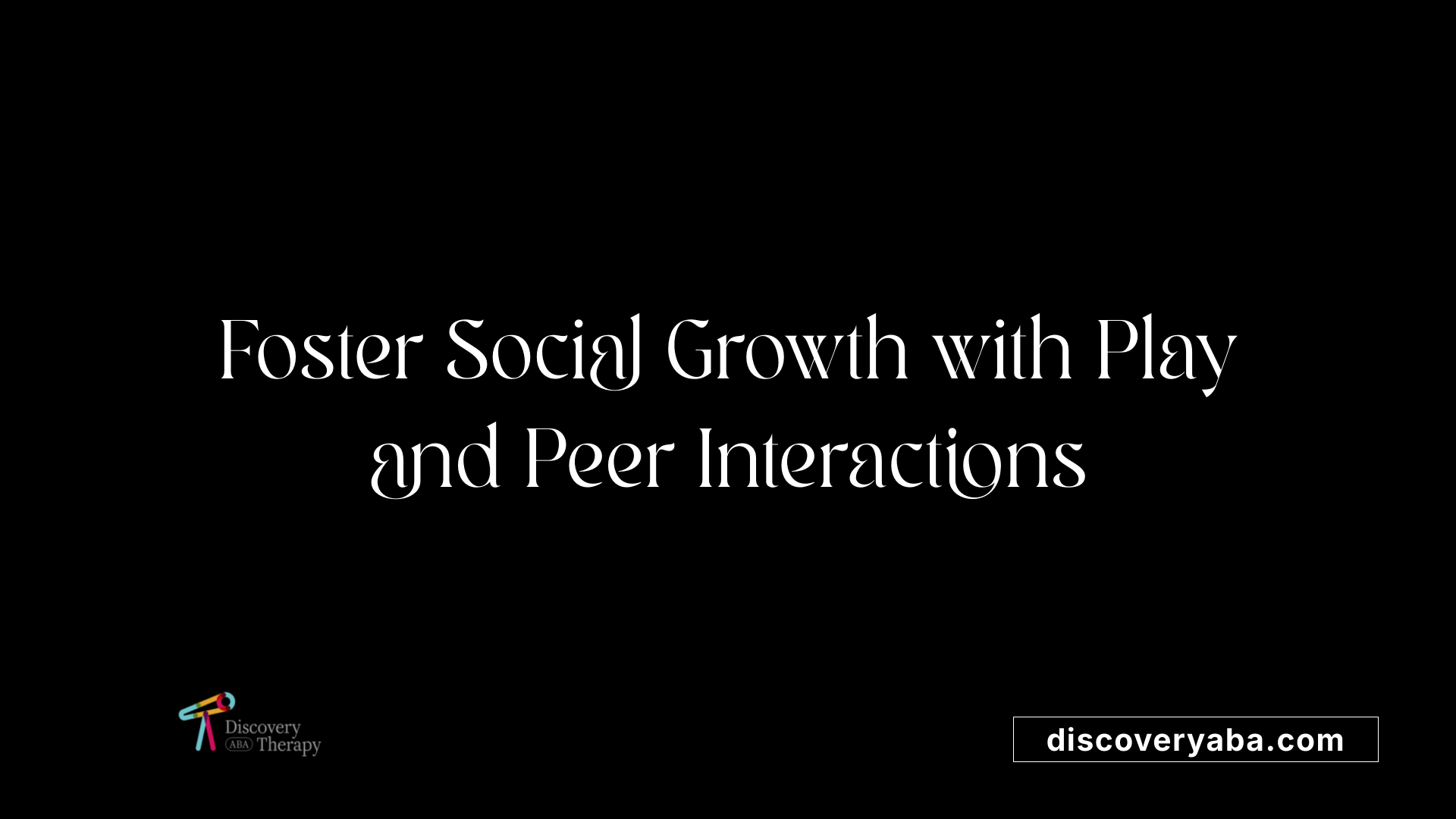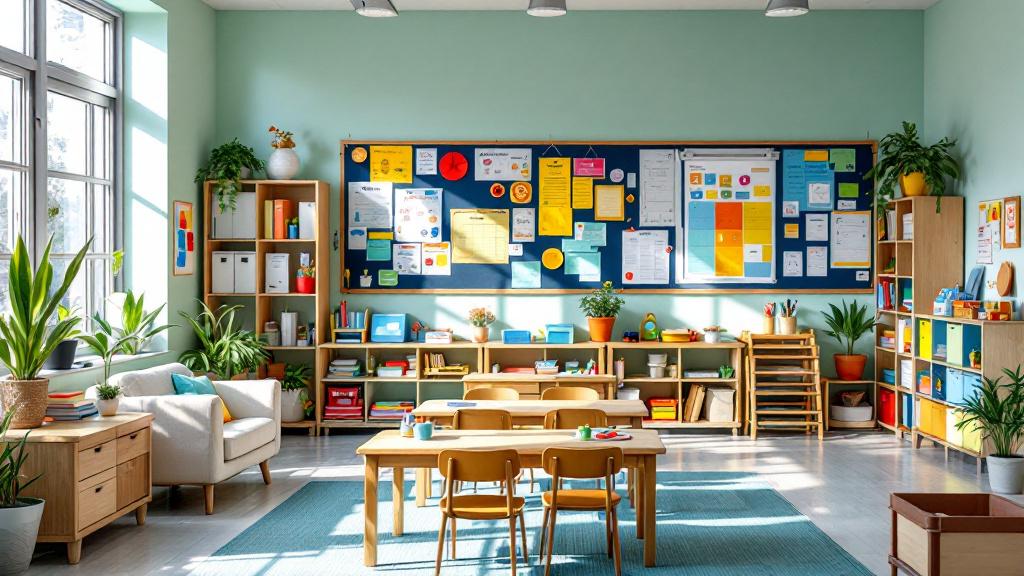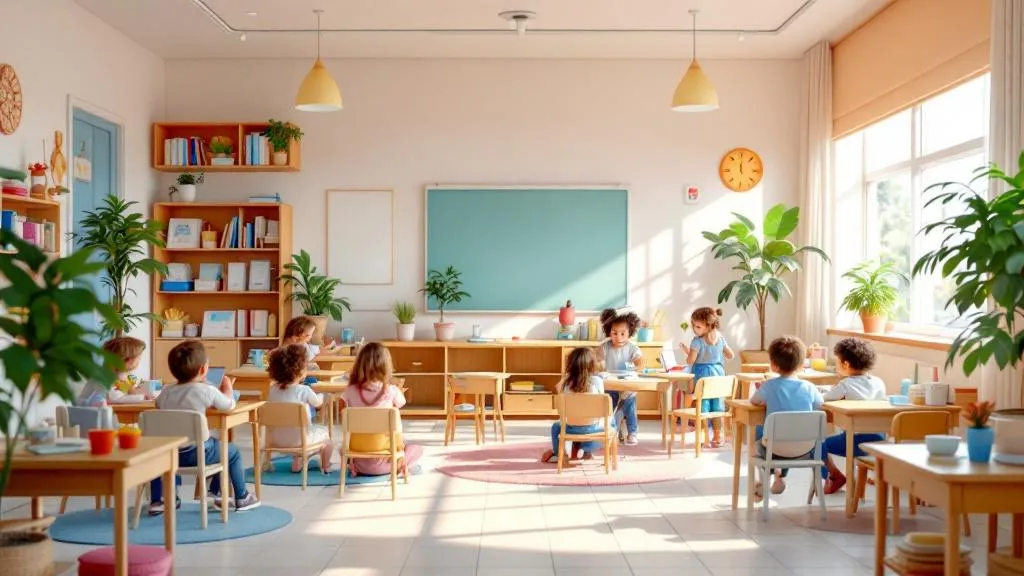How to support early learners in group ABA sessions
Facilitating Effective Group ABA for Young Children

Understanding the Foundations of Group ABA Support
Providing effective support to early learners during group Applied Behavior Analysis (ABA) sessions involves a combination of structured strategies, engaging activities, and a deep understanding of each child's unique needs. These sessions are designed not only to teach specific skills but also to foster social interaction, communication, and emotional regulation—skills vital for personal development and social integration. This article explores key techniques and best practices that enable practitioners to maximize the benefits of group ABA for young children, ensuring a supportive, stimulating, and inclusive learning environment.
Strategic Use of Visual Supports and Reinforcement Systems
What strategies and techniques can be used to support early learners during group ABA sessions?
Supporting young children with autism in group ABA settings requires a combination of effective strategies that promote engagement, understanding, and skill development. One fundamental approach is the use of visual supports, such as visual schedules, choice boards, and flowcharts. These tools help children anticipate what will happen next, make choices, and follow routines more easily, which increases their sense of security and independence.
In addition, reinforcement systems such as token economies play a vital role. Children earn tokens for engaging in desired behaviors or completing tasks, which they can exchange for preferred rewards. This system motivates participation, encourages persistence, and reinforces positive behaviors.
Breaking down complex skills into smaller, manageable steps through discrete trial teaching and naturalistic teaching methods supports gradual learning. This structured approach allows children to master each component before progressing to more advanced tasks.
Creating a calming and organized environment is crucial. Minimizing distractions, providing sensory accommodations like noise-canceling headphones or sensory breaks, and establishing clear expectations help children maintain focus and feel comfortable during sessions.
Finally, fostering social skills extends beyond typical instruction. Peer-mediated interventions, where classmates are involved in inclusive activities, promote social interaction, awareness, and acceptance. Involving families ensures that the strategies used are consistent across settings, maximizing generalization and effectiveness.
By integrating these approaches—visual supports, reinforcement mechanisms, environmental modifications, and social inclusion—educators can optimize ABA group sessions to support early learners in developing essential skills.
Designing Engaging and Tailored Activities for Developmental Growth

How can activities be designed to enhance learning and development for children in ABA therapy?
Creating effective activities for children in ABA therapy involves making sessions both engaging and personalized. When activities are tailored to each child's unique interests and preferences, children are more motivated to participate and learn.
One effective approach is to include game-like elements, such as rewards, points, or challenges. These features not only make tasks more fun but also boost motivation, encouraging children to engage repeatedly and practice new skills.
Incorporating movement and sensory activities is also beneficial. Activities like swinging, jumping, or tactile play can help children maintain their attention, support sensory processing, and promote motor skills development.
Providing meaningful reinforcement plays a vital role in learning. Reinforcements should be individualized—such as a preferred toy, praise, or a favorite activity—and delivered immediately after the desired behavior to reinforce learning effectively.
Adding humor and playful interactions makes the learning environment more enjoyable. Using silly sounds, funny faces, or playful language helps children feel comfortable and promotes positive emotional connections. These interactions can also ease anxiety and foster persistent engagement.
Ultimately, designing activities that integrate these elements creates a dynamic and supportive environment conducive to development. Such tailored, enjoyable experiences help children build social, communication, and daily living skills more effectively and with greater enthusiasm.
Fundamental Rules for Effective ABA Interventions

What are some key rules to follow for effective ABA therapy?
Effective Applied Behavior Analysis (ABA) therapy depends on several well-established principles that promote consistent progress for children with autism. First, it is crucial to apply reinforcement strategies consistently across all environments—home, clinic, and school—so that children understand expectations and behaviors are reinforced reliably.
Using positive reinforcement is fundamental in motivating children to acquire new skills and improve behaviors. Reinforcements should be tailored to each child's preferences and individual needs, whether through praise, tokens, or tangible rewards.
Creating individualized treatment plans is another cornerstone of successful ABA. These plans are built based on comprehensive assessments of a child's unique strengths and challenges. Regular data collection and progress monitoring enable therapists to make informed adjustments, ensuring interventions remain effective and relevant.
Clear and straightforward communication strategies are essential. Visual supports, simple language, and consistent cues help children understand what is expected of them and express themselves more effectively.
Finally, initiating therapy early, ideally between 18 months and 5 years, allows for critical skill development during formative years. Combining early intervention with patience, persistence, and a structured approach helps facilitate meaningful, lasting improvements in social, communication, and daily living skills.
In summary, the core rules for effective ABA include maintaining consistency in reinforcement, tailoring and continuously updating individual plans, diligent data tracking, clear communication, and starting intervention early. These principles create a supportive environment where children can thrive and reach their full potential.
Supporting Group Learning and Social Skill Development

How can group learning be supported for children in ABA therapy?
Supporting group learning for children in ABA therapy involves a combination of engaging activities, structured routines, and active facilitation. Play-based group activities are particularly effective, as they naturally promote social interaction and cooperation. Activities like cooperative games, role-playing scenarios, and collaborative projects help children practice communication, turn-taking, and problem-solving in a fun environment.
Creating a welcoming and inclusive setting is crucial. Designated indoor and outdoor spaces provide ample opportunities for children to interact comfortably with peers. Such environments encourage children to participate, develop friendships, and learn social norms spontaneously.
Practitioners play a vital role by modeling positive behaviors such as sharing, listening, and empathy. Facilitating small group sessions allows for more targeted support, especially for children who are shy or have additional needs. Observing children during activities helps therapists tailor strategies to individual development levels and social readiness.
In addition to active facilitation, routines like circle time and other structured activities support skill development. Using visual cues, such as charts and timers, can help children understand expectations and manage transitions.
Family involvement further enhances group learning. When parents are engaged by recreating similar activities at home and reinforcing skills positively, children are more likely to generalize and sustain their social behaviors.
An environment rich in diversity and stimulation not only supports social growth but also keeps children engaged and motivated. Overall, these strategies foster meaningful social interactions, friendship building, and essential social skills in children participating in ABA therapy.
Monitoring, Assessment, and Continuous Improvement in ABA Therapy

What strategies and techniques can be used to support early learners during group ABA sessions?
Supporting early learners during group ABA sessions requires a combination of tailored strategies to foster engagement, learning, and social interaction.
Visual supports such as visual schedules, social stories, or choice boards help children understand expectations, routines, and available options, reducing anxiety and increasing independence.
Reinforcement systems like token economies serve as motivators. Children earn tokens or points for demonstrating desired behaviors, which they can exchange for preferred items or activities, encouraging participation.
Breaking skills into smaller, manageable steps is vital. Discrete trial teaching focuses on repetitive instruction and reinforcement to build mastery of specific skills, while naturalistic teaching integrates learning into play and everyday activities.
Creating a positive and predictable environment minimizes distractions and provides sensory accommodations. A structured setting with clear boundaries and sensory tools ensures children feel safe and ready to learn.
Fostering social skills and inclusion can be achieved through peer-mediated interventions. Encouraging interactions among children helps develop communication, cooperation, and friendship.
Involving families in therapy is also essential. Consistent goals and reinforcement strategies at home reinforce skills learned during sessions, supporting generalization and enduring progress.
How does behavioral assessment inform intervention planning?
Behavioral assessments, including functional behavior assessments (FBAs), are foundational to creating effective intervention plans. They help identify the functions of challenging behaviors and the skills that need development.
Assessments explore the motivational factors behind behaviors, such as seeking attention, avoiding tasks, or sensory interests. Understanding these functions guides the selection of appropriate replacement behaviors.
Intervention planning then involves designing customized strategies that address the individual needs of each child, incorporating reinforcement, skill acquisition, and behavior reduction techniques.
How is data collection and analysis used for progress monitoring?
Continuous data collection allows clinicians to track a child's response to interventions objectively. Common methods include frequency counts, duration recordings, task completion records, and skill acquisition checklists.
Analyzing this data helps determine whether interventions are effective, if progress is being made, and where adjustments may be necessary. Data trends inform decisions about continuing, modifying, or discontinuing specific strategies.
Regular reviews, often weekly or monthly, ensure that therapy remains responsive to the child's evolving needs, promoting optimal development.
How are Tiered assessment models applied?
Tiered models organize supports based on the intensity of a child's needs. The first tier includes universal supports accessible to all children, emphasizing prevention and early intervention.
Children exhibiting additional needs or at risk receive targeted interventions in the second tier, often involving small group activities and more focused assessment.
For children with persistent or severe challenges, the third tier offers individualized assessments and intensive interventions, including detailed functional assessments and highly personalized behavior plans.
Using tiered assessment models ensures resources are allocated efficiently, and children receive appropriate levels of support.
How are individualized goals and progress reviews developed?
Goals are tailored to each child's unique strengths, needs, and interests, often developed collaboratively with families and interdisciplinary teams.
Goals should be specific, measurable, achievable, relevant, and time-bound (SMART). They encompass skill acquisition, behavior reduction, communication, social skills, and daily living tasks.
Progress reviews involve systematic evaluation of data collected during sessions. These reviews inform whether goals are being met and help decide if strategies should be modified.
Adjusting goals based on progress ensures continuous growth and keeps the therapy engaging and relevant for the child.
| Aspect | Description | Example |
|---|---|---|
| Behavioral Assessment | Identifies functions of behavior to inform intervention | Assessing if a child's tantrum is for attention or escape |
| Data Collection | Tracks progress through quantitative methods | Recording frequency of a child's requesting behavior |
| Tiered Models | Organizes supports by intensity | Universal, targeted, individualized supports |
| Goal Development | Sets personalized objectives with ongoing review | Aiming for the child to independently use a communication device within three months |
Empowering children through these structured, data-driven practices ensures steady progress and meaningful skill development in group ABA settings.
Optimizing Support for Early Learners in Group Settings
Supporting young children in group ABA sessions requires a strategic, individualized, and multifaceted approach that combines evidence-based techniques with nurturing, inclusive practices. By employing visual supports, reinforcement strategies, engaging and tailored activities, and creating a positive learning environment, practitioners can enhance skill acquisition, social participation, and emotional regulation. Consistent data collection, progress monitoring, and close collaboration with families ensure that interventions remain effective and responsive to each child's evolving needs. When implemented thoughtfully, these approaches foster meaningful learning experiences, promote social integration, and lay a strong foundation for lifelong skills.
References
- Building Social Skills Through Group ABA Activities
- 6 Pre-Requisite Skills to Learning in a Group Setting - How to ABA
- Clinic Based ABA Therapy for Early Learners
- Essential Skills ABA Therapy Helps Early Learners Develop
- How to Teach Social Skills Using ABA Principles
- Applied Behavior Analysis in Early Childhood Education
- How to Keep Learning Engaging (and Maybe Even Hilarious)
Does Your Child Have An Autism Diagnosis?
Learn More About How ABA Therapy Can Help
Find More Articles
Contact us
North Carolina, Nevada, Utah, Virginia
New Hampshire, Maine
Arizona, Colorado, Georgia, New Mexico, Oklahoma, Texas
.avif)




































































































